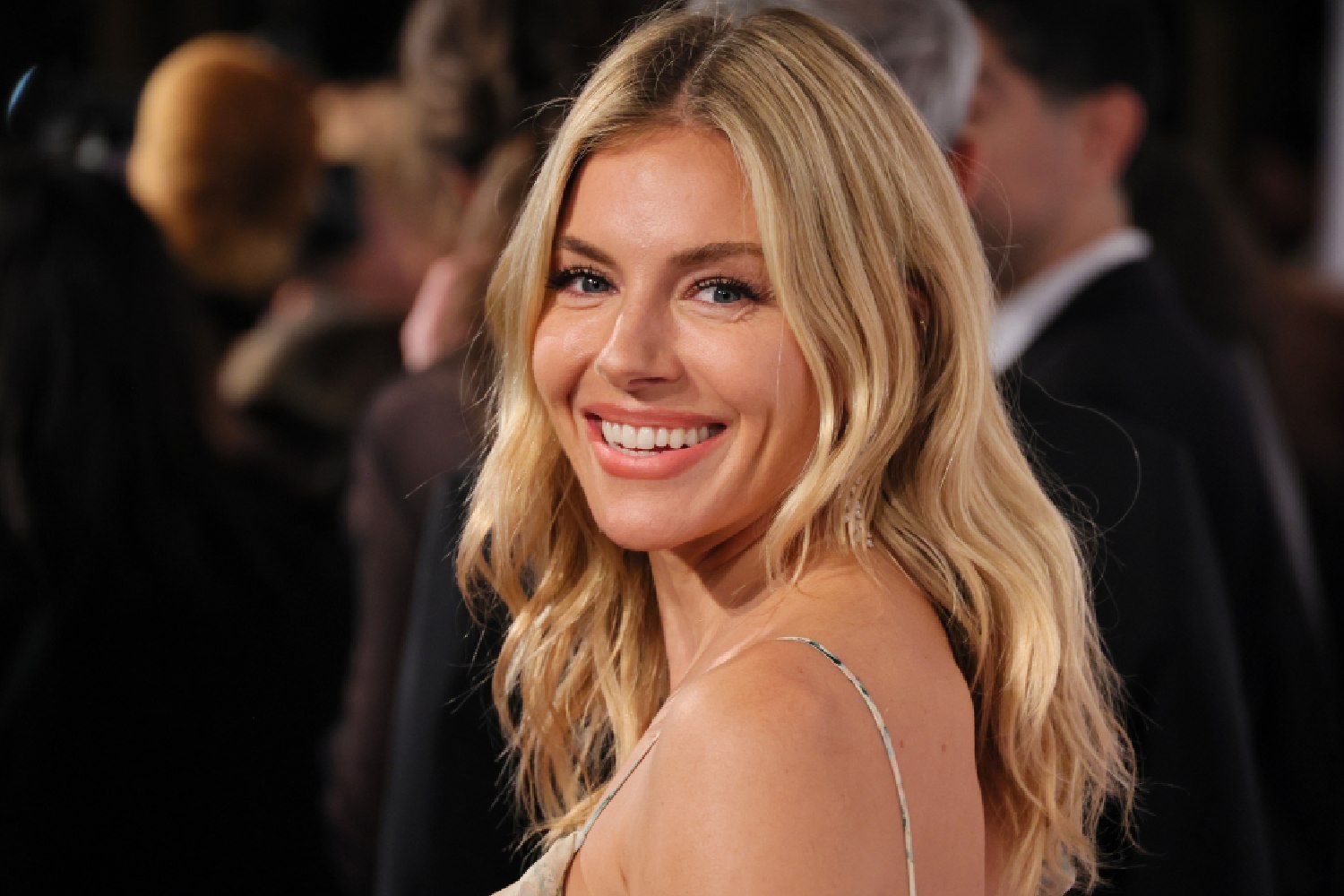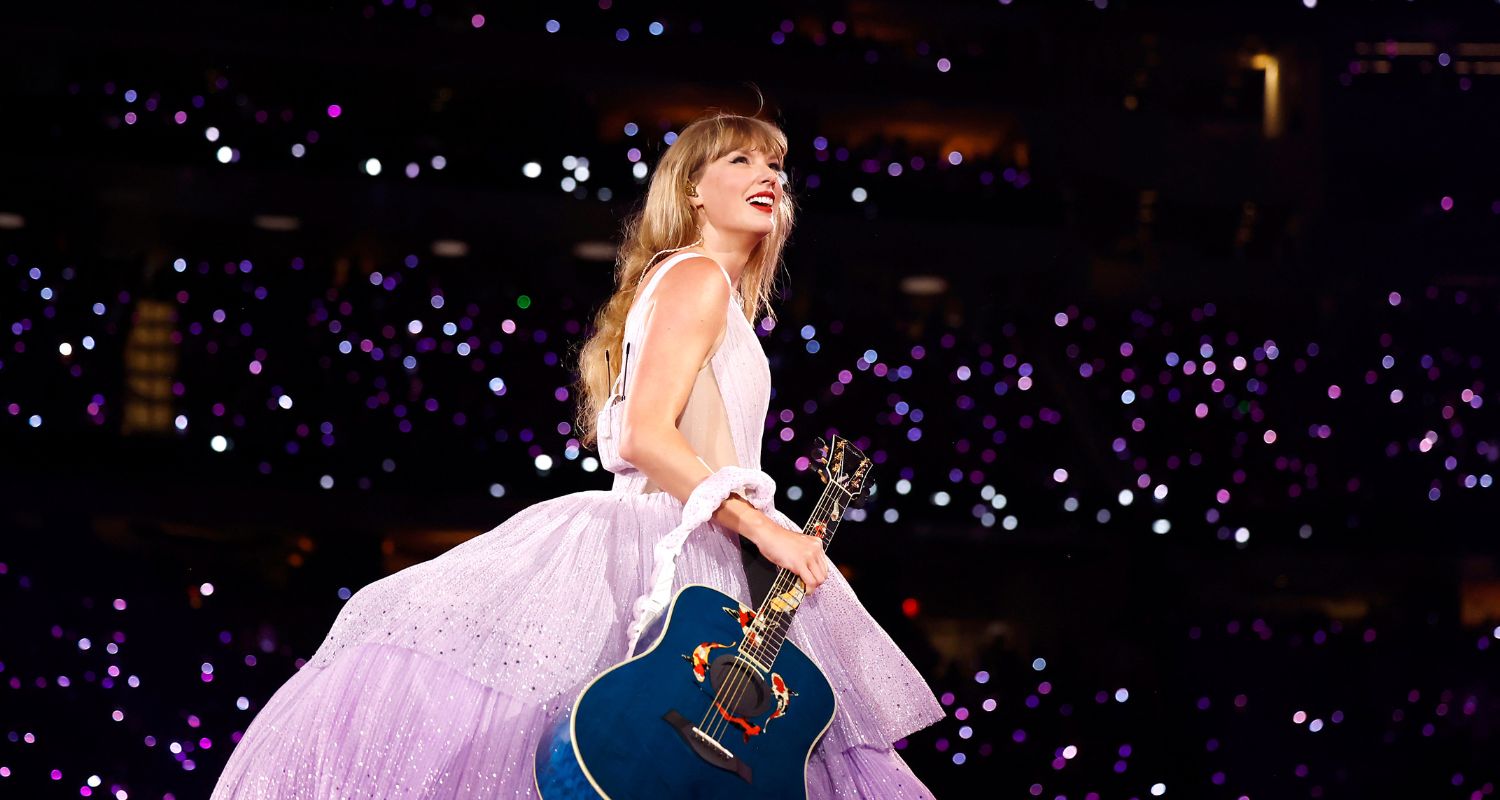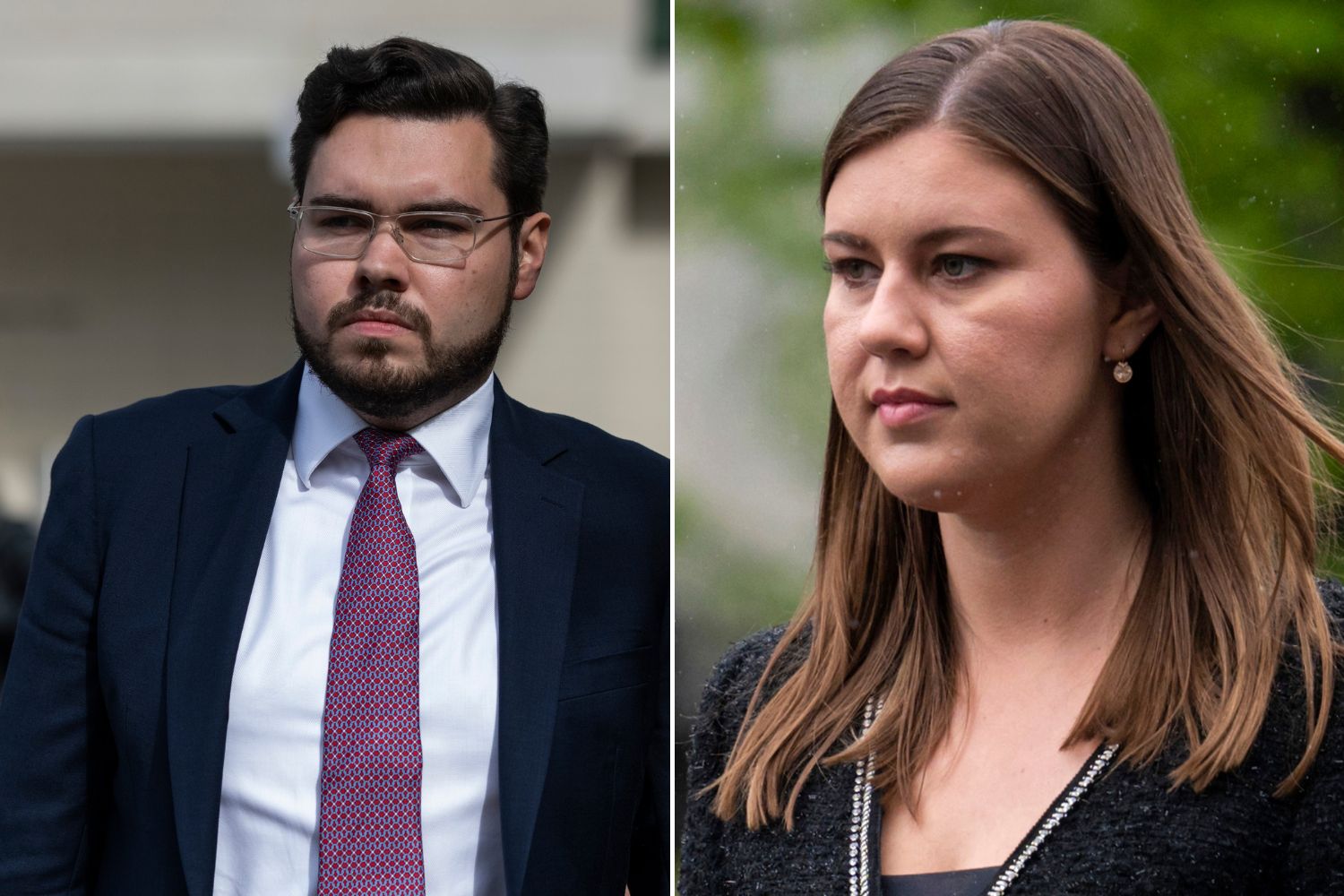Where are all the great rom coms of the past few years? Can you name one, just one? I can reel off a string of my favourites: Sleepless in Seattle, Notting Hill, Philadelphia Story, Heartburn, Four Weddings and a Funeral, Lost in Translation, Annie Hall, Bull Durham, the much-maligned You’ve Got Mail (which I think just might be the most perfect movie ever made) and, of course, When Harry Met Sally.
It’s true what they say, they just don’t make ‘em like that anymore.
Today, When Harry Met Sally turns 27, after first premiering on October 19 in 1989. It was a landmark film, ushering in a golden age of romantic comedies, introducing the world to Nora Ephron and her razor-sharp, searingly smart screenwriting (she would go on to be nominated for an Oscar for the script), and serving as a glorious coming out for Meg Ryan, a shaggy-haired girl next door, America’s next sweetheart.
The film pretty much does exactly what it says on the tin: the story of Harry (Billy Crystal) and Sally (Meg Ryan), two friends who meet and spend the next 12 years variously in and out of each others lives. It tries to address a simple yet fundamental question: can men and women ever actually be ‘just’ friends? Or does sex always get in the way?
At the time, the film was dismissed as a “Woody Allen wannabe”, but the proof was in the pudding. It made $90 million at the box office ($176 million adjusted for inflation) and spawned some of the most quoted lines in cinema from “I’ll have what she’s having,” – a last-minute addition by Billy Crystal in the now-infamous orgasm scene, uttered by director Rob Reiner’s mother – to the more poignant, classic Ephron witticisms like “It’s too bad. You were the only person I knew in New York” and Carrie Fisher, to Bruno Kirby – the best supporting characters in rom-coms, best friends who are more than just leery, ‘get it girl’ one-liners – “I want you to know, I will never want that wagon wheel coffee table.”
Because that’s the thing about When Harry Met Sally… It’s smart. Critics might say it leans too heavily on Woody Allen – not true, it’s lighter, more bubbly than his films, in the best possibly way – and yes, it is a very privileged, very white view of New York in the ‘80s. But there’s no denying the smarts of the movie. From the names of the Self Help books that Sally consults – Smart Women, Foolish Choices – to the plot – 12 years they tiptoe around each other! This is not the tale of bedhopping 20-somethings swiping right on Tinder, these are adults with adult lives – to the line “Why is this necessary in life?”, something I say probably once a week at the very least, to the depictions of friendship, platonic and otherwise, and ultimately the idea that you get better at love as you get older.
And it’s also romantic. Because that’s the other thing. Everything about the movie is golden, syrupy, somehow sparkly with romance. New York in autumn, all the leaves a burnt ochre, the flirting, the funny voices, the goddamn paprikash, the karaoke machine, driving over the bridge to Manhattan for the first time, the line “I came here tonight not because it’s New Years, but because when you realise you want to spend the rest of your life with someone, you want the rest of your life to start right now.” It’s romantic in a way that rom coms just aren’t anymore. Name that last truly romantic movie you saw: not sexy, not raunchy, not a movie about love. A romantic movie. It’s hard. Like I said: they just don’t make ‘em like that anymore.
The romance in the movie isn’t subtle. It’s grand gestures – rushing through a crowd to tell someone you love the way they order their sandwiches – and big statements (“You’ll never have to be out there again”) and laughing through your tears.
Which is exactly the problem that Alain de Botton has with the film, which he says focuses too much on the run-up to a relationship, and not the messy, dirty aftermath, the fights the tears. He says it presents an unrealistic representation of romance, one that has soured our view of what a ‘good’ relationship looks like, and means that we can never be happy in our own lives.
To that I say, sure. Rom coms are idealised versions of romance in the same way that fashion magazines are idealised versions of style and action movies are idealised versions of masculinity. They’re escapism, glorious escapism. A world of Katz’s pastrami sandwiches and Pictionary parties and smart, funny people saying smart, funny things.
And, just one more thing before I go, the original ending of the movie was that Harry and Sally went their separate ways. Rob Reiner, the director, had been single for 10 years, and he and Ephron – herself twice-divorced at the time of writing the film – and ciphers for the films two titular characters wanted the film to reflect the reality of romance: that unhappy endings, like men, are like buses. Unreliable, except on the subject of disappointment.
But then, during the making of the film, Reiner met a woman on the set, fell in love, and suddenly, seeing Harry and Sally end up together made so much more sense. Ephron’s films are, ultimately, all about that: not about making inconceivable, once-in-a-lifetime connections, but about believing in the possibility of making those connections.
Even Nora Ephron herself couldn’t write a better ending than that.










